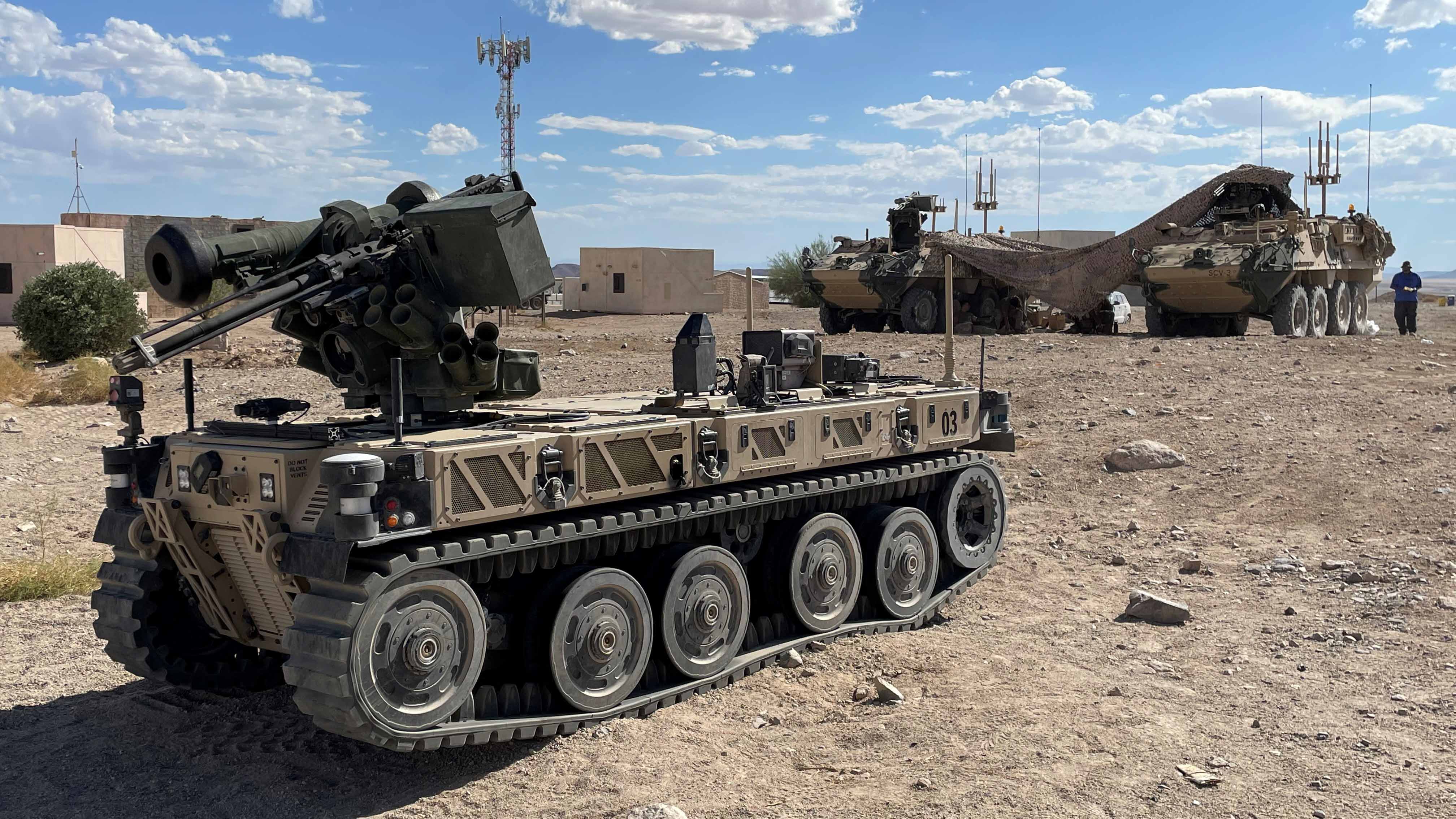‘Best’ Partners Needed for Robotic Combat Vehicles
‘Best’ Partners Needed for Robotic Combat Vehicles

In its pursuit of robotic combat vehicles, the Army is prioritizing speed, ease of use and the best products and industry partners it can find, two senior leaders said recently.
“The winner is the soldier, at the end of the day,” said Lt. Gen. Robert Rasch, director of the Rapid Capabilities and Critical Technologies Office. “The goal is I want the best that we can get. If I can have company A and company B bring their best thing, instead of company A trying to do what company B does, I’d rather have every company doing what they do best.”
Lt. Gen. Ross Coffman, deputy commanding general of Army Futures Command, agreed. “If you look at how many companies build helicopters for the military, how many build trucks, [the number] dwindles,” he said. “But we have an opportunity here to keep everyone involved so the best companies, the best technology can get implemented.”
Speed is another imperative, Rasch said. “Technology is not static. It’s going to evolve,” he said.
Rasch and Coffman spoke March 27 during a fireside chat at the Association of the U.S. Army’s Global Force Symposium and Exposition in Huntsville, Alabama, on the Army’s rapid innovation efforts, particularly in robotics.
The work the Army is undertaking isn’t just about trucks or drones, Coffman said. It also is looking at the user interface, communications systems and operating systems, he said. It also is studying how it can protect its robotic vehicles. “As you move around the battlefield, all of that has to happen securely so our adversaries can’t hack into it,” Coffman said.
Any additional vehicles also must reduce complexity for soldiers. “We’re at two humans operating one robot right now,” Coffman said. “What we’ve got to get to, is 12 robots to one human.”
One key to moving this effort forward is soldier feedback, Coffman and Rasch said. Soldier feedback is critical to informing requirements and helping the Army shape what troops need and want, they said. “We’ll know we got it right when that first sergeant, that company commander, says, ‘That equipment you gave me is worth the pain in the butt to make it work,’ ” Rasch said.
Looking ahead, the Army must balance constrained resources with urgency. When asked about the Army’s timeline, Rasch said, “Not fast enough is the timeline.”

